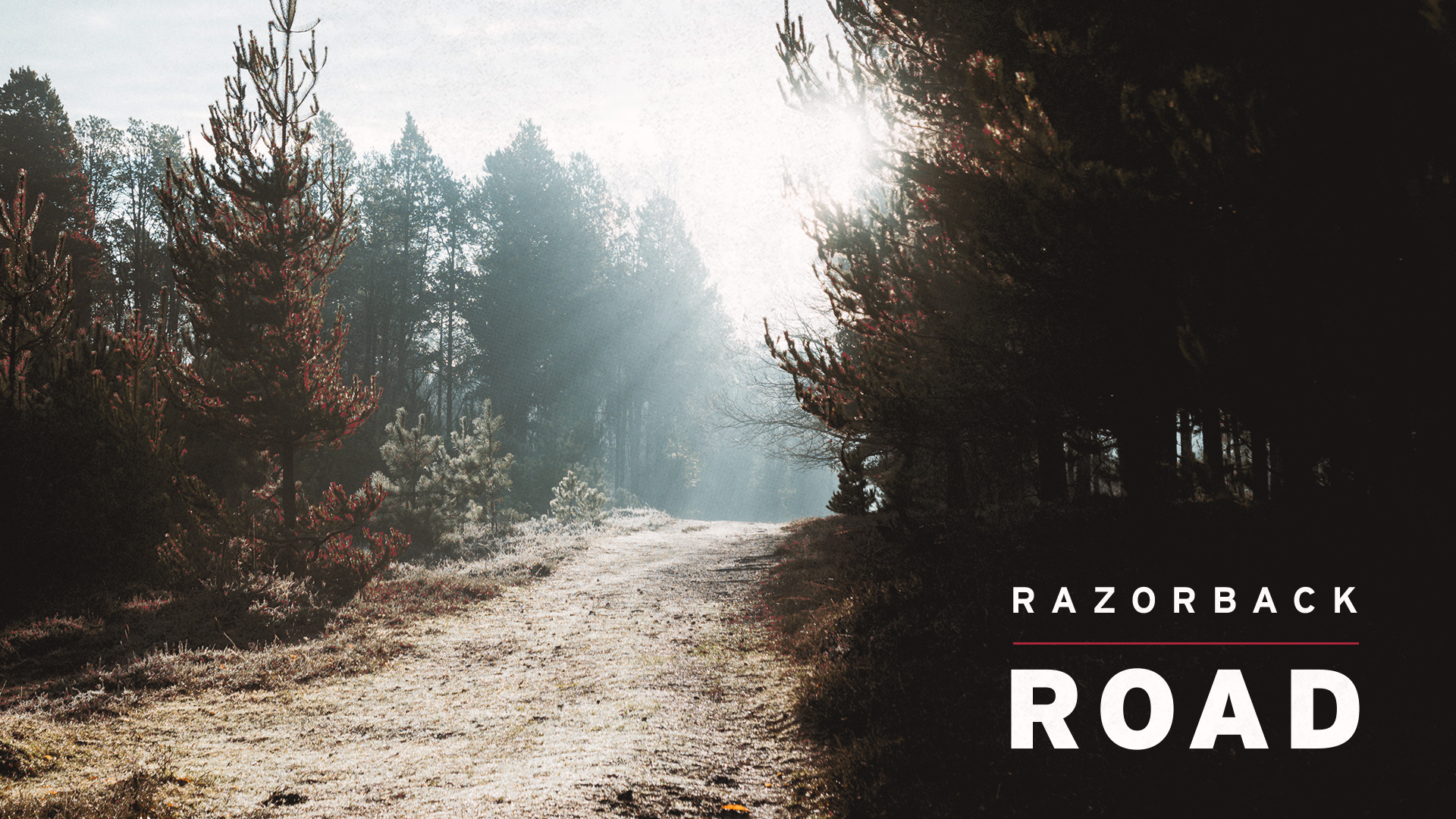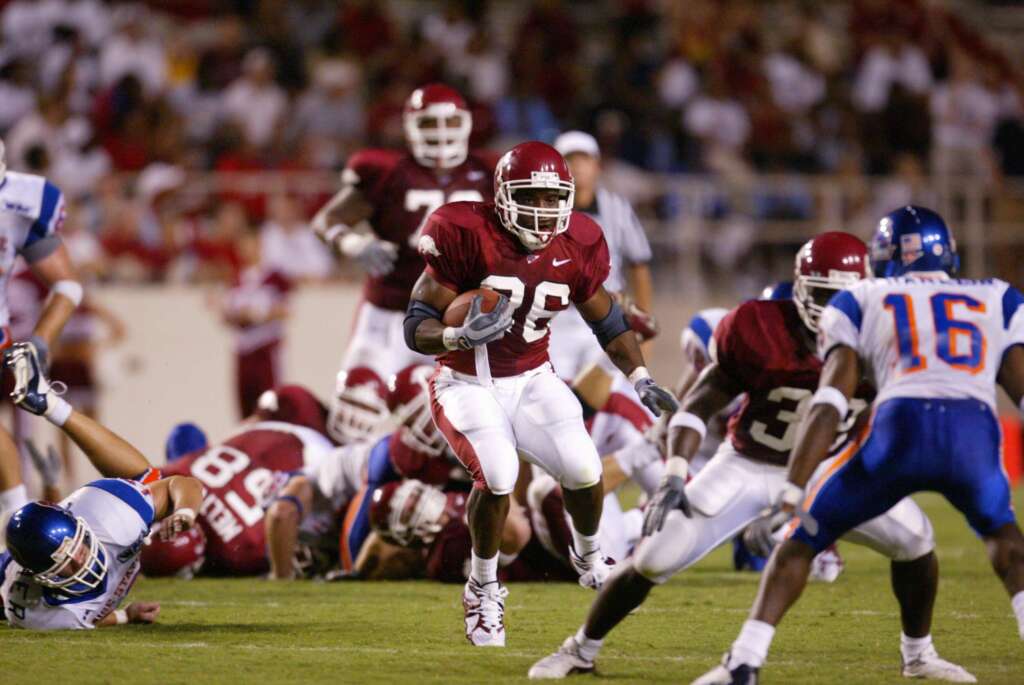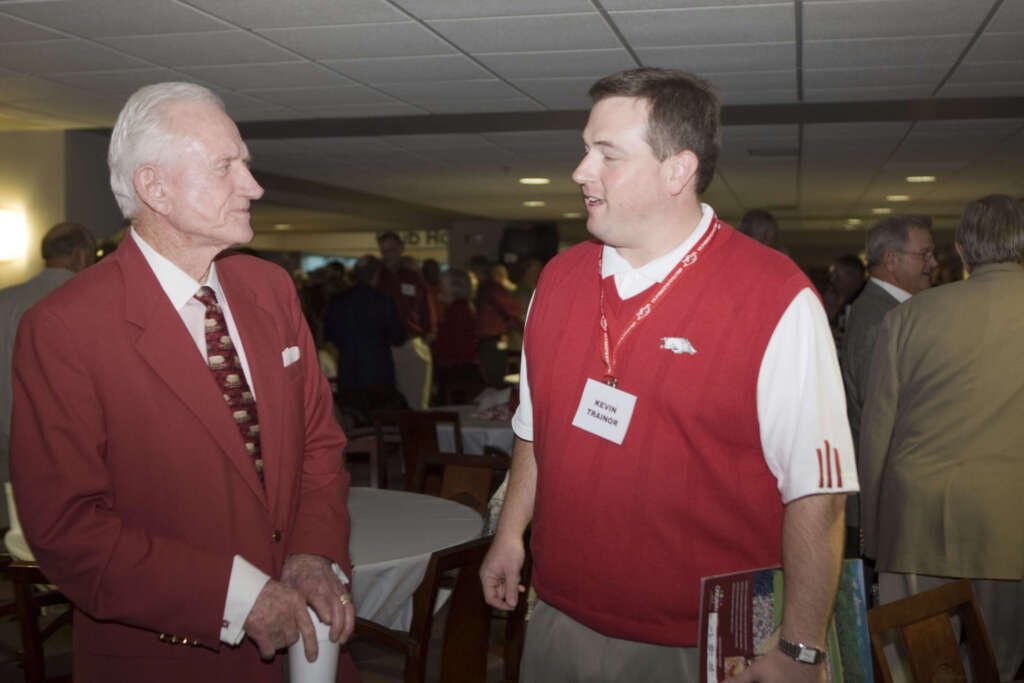
Pay Per Who?
Although I have never been able to locate its precise whereabouts, I have come to believe that a television bill of rights for sports fans exists. Based on countless phone calls and e-mails I’ve received over the years from passionate fans of all allegiances, broadcasts of every game in every sport has become an unalienable right in a sports fan’s Life, Liberty and Pursuit of Happiness.
The explosion of television and streaming have provided us access to nearly everything we could want to satiate our sports appetite. For that reason, the sudden crash sports diet imposed by the ongoing pandemic has left us all feeling the ever growing pangs of hunger.
For the average sports fan today, it may be hard to fathom. However, it wasn’t that long ago that sporting events were experienced primarily in person or through the expansive and enchanting air waves of radio. Sure, there was the occasional televised game – the World Series, the Super Bowl, or a key game of the week. But for the most part, television was more the exception than the rule.
For years, college football merely dipped its toe in the expansive waters of television. The common perception at the time was if college football games were televised, fans would choose not to attend in person. In 1977, the College Football Association (CFA) was formed by more than 60 schools, from major conferences and a few notable independents, and helped loosen the stifling grip of the NCAA on television.
In the early 1990s, the CFA began to lose steam as conferences and others, like Notre Dame, brokered their own television deals. By 1997, the CFA had dissolved and suddenly the television landscape was rapidly expanding.
Along with the proliferation, came new founded opportunities to generate revenue from television broadcasts. In the early days, television was often viewed with suspicion by many major programs as an intrusive impediment threatening long-held revenues generated by stadium attendance and the corresponding revenues associated with those visits (i.e. concessions, merchandise).
Yet some saw the potential of broadcasts to not only provide unprecedented exposure to the sport, but also provide a new revenue stream from fans all over the nation. Contractually liberated by ever-loosening rights agreements, schools began to partner with over-the-air local networks to offer games in a pay-per-view format. For $20-30, fans could watch a game they wouldn’t likely otherwise attend.
At first, Frank Broyles was hesitant to dive headfirst into the pay-per-view television waters. Arkansas had a robust fan base that followed the Razorbacks from Fayetteville to Little Rock and anywhere else the Hogs traveled. However, he also realized the power that such broadcasts could have in uniting a fan base.
When Coach Broyles first came to Arkansas, then athletics director John Barnhill explained the philosophy that helped bring Razorback sports to every corner of the state. By allowing radio stations, big and small, around the state to broadcast Arkansas games, the program was helping to ensure the Razorbacks were saturating the hearts and minds of the entire state. After all, the legendary stories of Razorback greats would simply be hearsay if not for the poetic words of journalist Orville Henry and the unforgettable descriptions of famed broadcasters Bud Campbell, Paul Eells and Mike Nail.
By the early 1990s, pay-per-view television was a viable option for many fans. Games were primarily available on local and regional packages. ESPN launched a national subscription based channel to air games in 1992, eventually turning into what became known as ESPN GamePlan. ESPN would take local and regionally televised games and make them available to audiences around the country, expanding the reach of broadcasts previously limited by geography.
By the early 2000s, local television broadcasts of games were fairly common. Many times, visiting teams would pay to produce a television broadcast of a road game to provide their fans an opportunity to view the game while also presenting an avenue for revenue.
Schools who wished to broadcast games back to their home markets, were required to obtain permission from the home school to be able to do so. Each time, one of those requests came into the University of Arkansas, it would necessitate a lengthy discussion and debate before Coach Broyles would decide on whether permission would be granted to the requesting school. Coach Broyles was never crazy about the idea of pay-per-view television, but in some cases he could be persuaded.
On one occasion, Coach Broyles was not swayed and declined a request of a fellow conference foe. In what was a likely effort to save face with his own fan base, a disgruntled administrator from the spurned school went out of his way to blast Coach Broyles for the decision in a newspaper article. Soon I was flooded with a bevy of less than flattering e-mails, including one addressed to me specifically that began with the promising salutation ‘Dear Mr. Pig Boy.” That was as respectful as the e-mail got.
When Boise State asked to broadcast the 2002 season opener back to its home state, I delivered the faxed request straight to the director of athletics’ office for a signature. After confirming that the broadcast would only be available in Boise State’s local market and areas outside of Arkansas, Coach Broyles signed the document and we faxed back our approval.
A few weeks later days before the game, we received word that the game was being offered to cable systems within the state of Arkansas in a pay-per-view delivery as part of a recently expanded ESPN GamePlan package. That was contrary to the agreement that had been made and could potentially adversely impact the attendance for the season opener. After much consternation and several days of back and forth with ESPN, the game was eventually blacked out in Arkansas as had been agreed upon.
On the following Monday, I was in my office finishing up game notes for our week two game against the University of South Florida. When all of a sudden Coach Broyles came exploding through the main sports information office door. For those familiar with the classic TV show Seinfeld, imagine Kramer’s entry into Jerry’s apartment accompanied by a thick Georgia accent. Without ever fully entering the office from the hallway, he bellowed in the general direction of my nearby office door “We are having a meeting in the conference room – five minutes!”
That was Coach Broyles’ style. Rarely, did he call group meetings, but when he did you knew something was brewing. When another pressing item kept me occupied for more than the allotted time, a colleague of mine came to fetch me from my office. “You need to get in here quickly,” he said. “Coach Broyles is saying he will never, ever agree to allowing an opponent to broadcast a game again!”
I quickly grabbed my notebook and a few key pieces of paper and headed to the conference room. As I opened the door, I heard Coach Broyles already vociferously proclaiming his new policy for all to hear. As he saw me enter the room, Coach Broyles repeated his decree, “Kevin, we will never let one of our opponents broadcast a game again!”
I paused momentarily before wading into what I knew would be choppy waters. In as conciliatory a manner as I could muster, I presented a mitigating factor to what had just been established as our new approach. “Coach Broyles, we have already agreed to let USF broadcast the game back to Florida this week,” I offered. As I took my seat nearly three-quarters of the way down the long conference table from where Coach Broyles sat, he had already begun to argue the point.
“I never agreed to that! I would have never agreed to that!” As the one-way dialogue continued, I pulled a piece of paper from under my notebook and passed it to my colleague to pass in his direction. As the piece of paper made slowly made it way toward the head of the table, I interjected, “Coach Broyles, here is the confirmation we sent them.”
Undaunted, the spirited verbal filibuster resumed, “I never signed it, it wasn’t me.” By the time the document reached him, he was midway through a repeat of the passionate denial. He paused, ever so briefly, to look down at the recently arrived piece of paper. The conference room was quiet, like a courtroom awaiting the verdict.
Soon the silence was broken. “Why did you let me sign it?” Coach Broyles decried. “How could I have done it?” As he came to the painful grips of reality, he raised the signed agreement and ripped the piece of paper into shreds. The tangible proof provided of our agreement was now destroyed, existing only in various pieces strewn across the table and floor.
As the final shreds slowly fell like the final strands of a ticker tape parade, I observed the look of concern and confusion on the faces of my colleagues. As I turned to a co-worker sitting beside me, I reached under my notebook again to reveal another piece of paper and offer a bit of free advice.
“Never, ever, give him the original,” I advised while managing a sheepish grin.
After all, when it came to dealing with Coach Broyles and pay-per-view television, it wasn’t just ESPN that utilized a game plan.
Razorback Road is a column written by Senior Associate Athletic Director for Public Relations and Former Student-Athlete Engagement Kevin Trainor (@KTHogs). Trainor is a graduate of the University of Arkansas and has worked for Razorback Athletics for more than 25 years.


